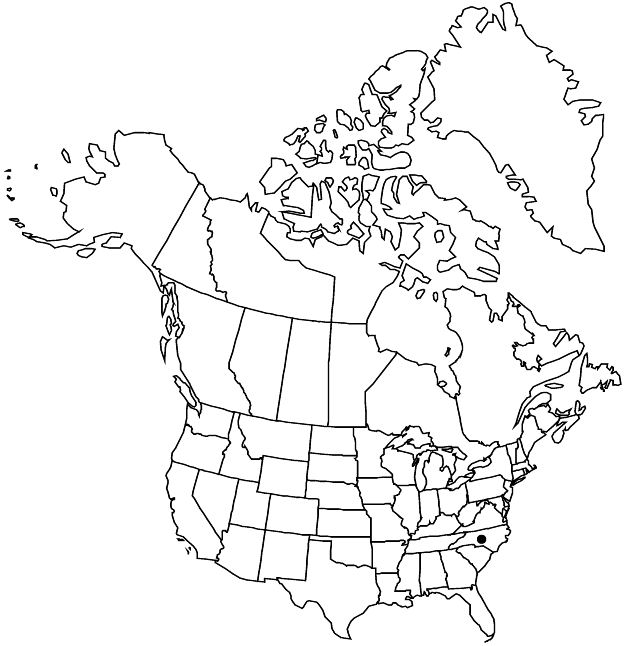Difference between revisions of "Malus halliana"
Gatt. Pomac., 27. 1890.
FNA>Volume Importer |
FNA>Volume Importer |
||
| Line 16: | Line 16: | ||
|name=Malus domestica var. halliana | |name=Malus domestica var. halliana | ||
|authority=(Koehne) Likhonos | |authority=(Koehne) Likhonos | ||
| + | |rank=variety | ||
}} {{Treatment/ID/Synonym | }} {{Treatment/ID/Synonym | ||
|name=Pyrus halliana | |name=Pyrus halliana | ||
|authority=(Koehne) Voss | |authority=(Koehne) Voss | ||
| + | |rank=species | ||
}} | }} | ||
|hierarchy=Rosaceae;Rosaceae subfam. Amygdaloideae;Rosaceae tribe Gillenieae;Malus;Malus halliana | |hierarchy=Rosaceae;Rosaceae subfam. Amygdaloideae;Rosaceae tribe Gillenieae;Malus;Malus halliana | ||
| Line 44: | Line 46: | ||
-->{{#Taxon: | -->{{#Taxon: | ||
name=Malus halliana | name=Malus halliana | ||
| − | |||
|authority=Koehne | |authority=Koehne | ||
|rank=species | |rank=species | ||
| Line 60: | Line 61: | ||
|publication year=1890 | |publication year=1890 | ||
|special status=Introduced | |special status=Introduced | ||
| − | |source xml=https://jpend@bitbucket.org/aafc-mbb/fna-data-curation.git/src/ | + | |source xml=https://jpend@bitbucket.org/aafc-mbb/fna-data-curation.git/src/f50eec43f223ca0e34566be0b046453a0960e173/coarse_grained_fna_xml/V9/V9_806.xml |
|subfamily=Rosaceae subfam. Amygdaloideae | |subfamily=Rosaceae subfam. Amygdaloideae | ||
|tribe=Rosaceae tribe Gillenieae | |tribe=Rosaceae tribe Gillenieae | ||
Revision as of 22:44, 16 December 2019
Trees, sometimes shrubs, 30–50(–80) dm. Stems to 35 cm diam.; bark gray, longitudinally fissured at maturity; young branches green and sparsely puberulent, becoming dark purplish brown and glabrous; flowering shoots developing into spurs, 5–10(–15) mm. Buds purplish brown, ovoid, 4–5 mm, scale margins glabrous or ciliate. Leaves convolute in bud; isomorphic; stipules deciduous, lanceolate, 4–6 mm, apex acuminate; petiole 5–25 mm, glabrescent; blade ovate, elliptic, or narrowly elliptic, 3.5–8 × 2.5–4.5 cm, base cuneate or subrounded, margins unlobed, obtusely serrulate, apex long-acuminate, surfaces glabrous or sometimes puberulous along midveins. Panicles umbel-like; peduncles absent; bracteoles absent. Pedicels 20–40 mm, sparsely puberulent. Flowers some trees reportedly andromonoecious, inflorescences with 1 or more staminate flowers or flowers all bisexual, 30–35 mm diam.; hypanthium glabrous; sepals triangular-ovate, 3–5 mm, equal to or shorter than tube, apex obtuse, abaxial surface glabrous, adaxial tomentose; petals usually more than 5, pink, obovate, 15 mm, claws 1 mm, margins entire, apex rounded; stamens 20–25, 4–6(–8) mm, anthers white before dehiscence; styles 4 or 5, basally connate, length unknown, slightly longer than stamens, long-tomentose basally. Pomes dark red or purple, pyriform or obovoid, 6–8 mm diam., cores enclosed at apex; sepals deciduous; sclereids sparse to moderate surrounding core. Seeds brown. 2n = 34.
Phenology: Flowering Mar–May; fruiting Sep–Oct.
Habitat: Along streams or slopes
Elevation: 0–1200 m
Discussion
In Japan, cultivated plants of Malus halliana have larger flowers (3.5–5 cm), with sepals sometimes acute at the apex, to 40 stamens, and styles slightly shorter than the stamens (Y. Asami 1927). Further study is required to define the morphologic variation and species boundaries of this taxon.
Malus floribunda Siebold ex Van Houtte is similar to M. halliana; it differs by its anthers yellow before anthesis, leaves sharply serrulate and conduplicate in bud, and pomes impressed at both ends. The geographic origin of M. floribunda is unknown; wild Asian populations have not been documented. It may be of hybrid origin and probably represents a cultivated selection, rather than a natural species.
Selected References
None.
